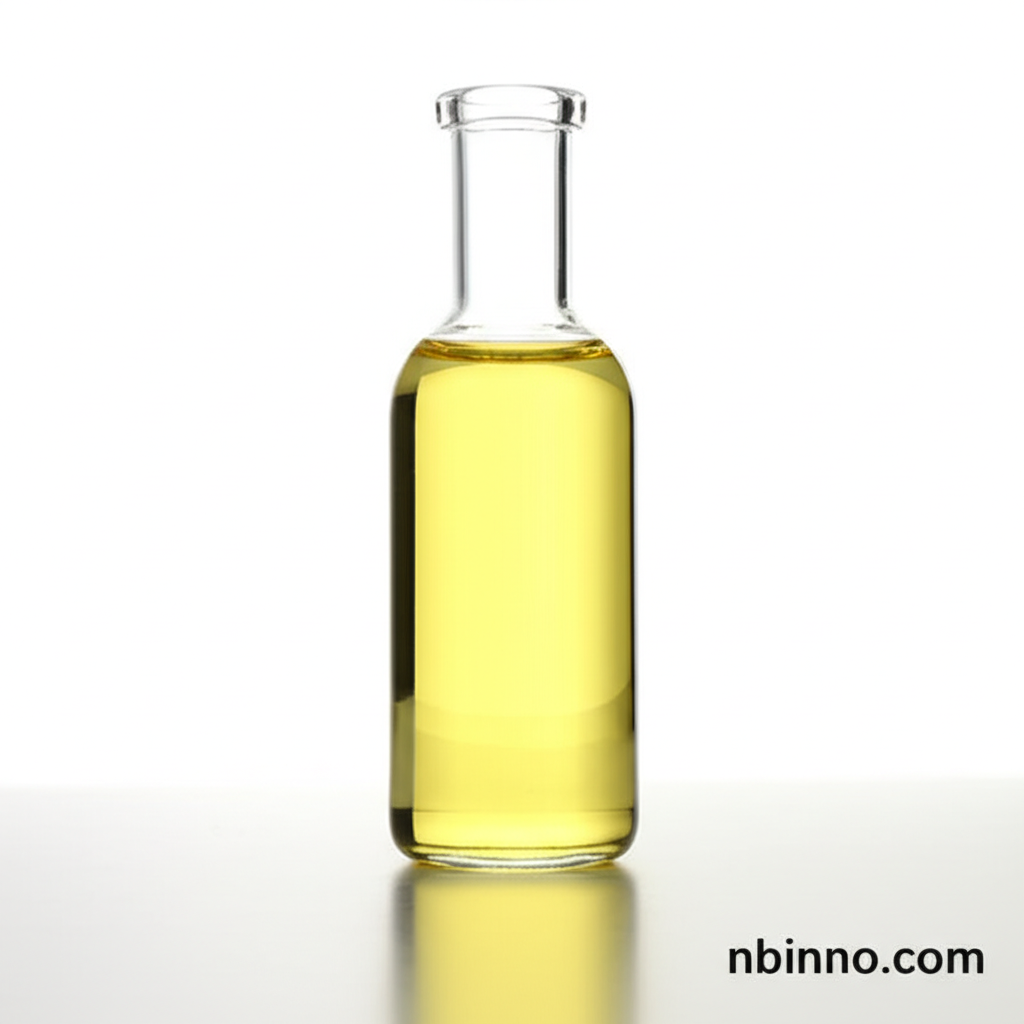3-Chloro-4-fluorotoluene (CAS 1513-25-3): Properties, Applications, and Sourcing Guide
Discover the essential details of 3-Chloro-4-fluorotoluene, a crucial organic intermediate. Learn about its chemical properties, wide-ranging applications in pharmaceuticals and agrochemicals, and why it's a sought-after compound for precise chemical synthesis.
Get a Quote & SampleProduct Core Value

3-Chloro-4-fluorotoluene
As a reliable supplier in China, we offer 3-Chloro-4-fluorotoluene (CAS 1513-25-3), a vital component in organic synthesis. Its unique structure and properties make it an indispensable building block for the development of advanced pharmaceuticals and effective agrochemicals. We ensure high purity and consistent quality, making us a trusted manufacturer in China for your chemical intermediate needs.
- Explore the detailed chemical properties of 3-Chloro-4-fluorotoluene, including its molecular formula C7H6ClF and molecular weight of 144.57400, crucial for accurate organic synthesis.
- Understand the application of this compound as a key intermediate in pharmaceutical intermediates China for creating complex drug molecules.
- Leverage its utility as an agrochemical intermediate, contributing to the development of new and improved crop protection agents.
- Benefit from sourcing this essential chemical from a reputable manufacturer in China, ensuring reliability and competitive pricing for your production needs.
Key Advantages Offered
Chemical Versatility
The dual halogen substitution (chlorine and fluorine) in 3-Chloro-4-fluorotoluene offers unique reactivity, making it a versatile building block for numerous complex organic synthesis pathways. This versatility is key for developing innovative pharmaceutical intermediates China.
Industry Relevance
Its application spans critical sectors like pharmaceuticals and agrochemicals, where it serves as a precursor for active ingredients and crop protection agents. This highlights its importance as a chemical properties of 3-Chloro-4-fluorotoluene for industry.
Quality Assurance
As a manufacturer in China, we guarantee high purity (≥98%) and low water content (≤0.5%), ensuring reliable performance in sensitive synthetic processes and meeting the stringent demands of the pharmaceutical synthesis sector.
Key Applications
Pharmaceutical Synthesis
As a vital component for pharmaceutical intermediates China, 3-Chloro-4-fluorotoluene is integral to the creation of active pharmaceutical ingredients (APIs) that target a range of medical conditions.
Agrochemical Development
This compound serves as a crucial building block for agrochemical intermediates, enabling the synthesis of effective herbicides, pesticides, and other agents that enhance agricultural productivity.
General Organic Intermediates
Beyond specific industries, its utility extends to general organic synthesis, supporting the production of dyes, polymers, and other specialty chemicals where precise molecular structures are required.
Research and Development
The unique chemical properties of 3-Chloro-4-fluorotoluene make it an attractive compound for R&D, allowing chemists to explore novel synthetic routes and discover new materials.
